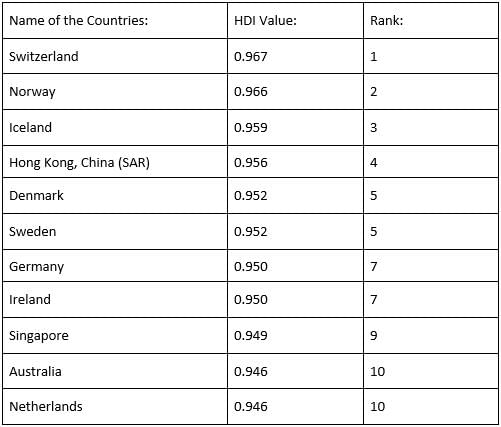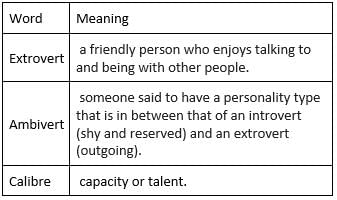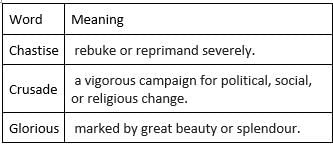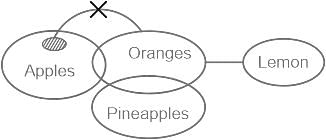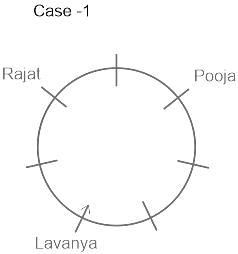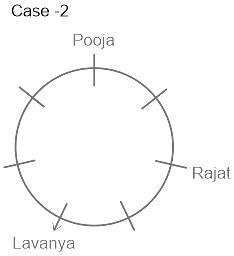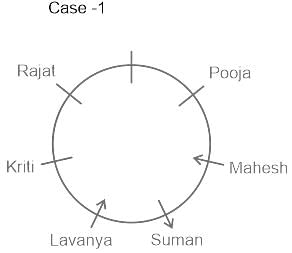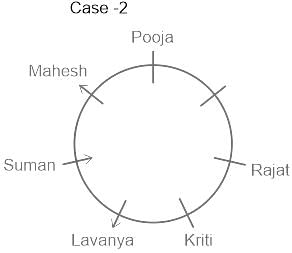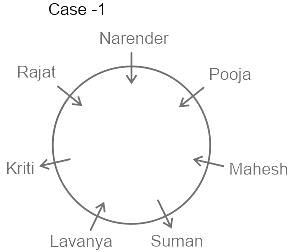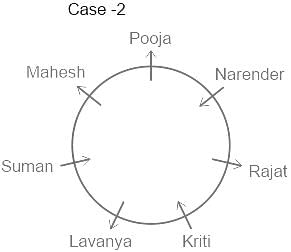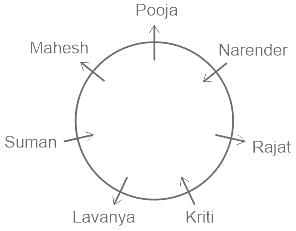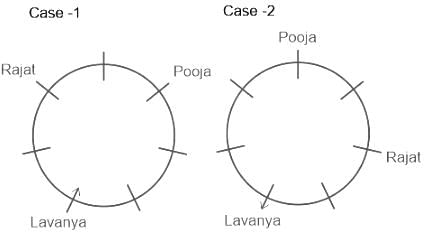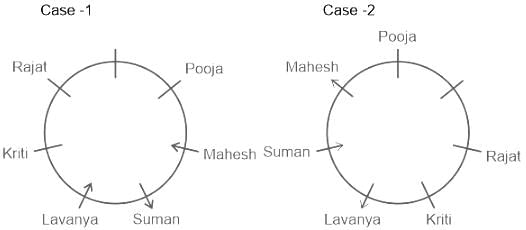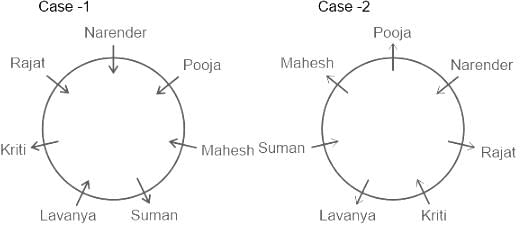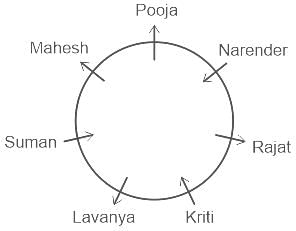SEBI Grade A (General Stream) Mock Test - 7 - Bank Exams MCQ
30 Questions MCQ Test Mock Test Series for SEBI Grade A Exam 2025 - SEBI Grade A (General Stream) Mock Test - 7
Recently HarperCollins published the book "KASHMIR: Travels in Paradise on Earth". Who has authored this book?
Which country topped the Human Development Index (HDI) in the 2023–24 Human Development Report?
In March 2024, Prime Minister (PM) Narendra Modi launched the 'Pradhan Mantri Samajik Utthan evam Rozgar Adharit Jankalyan' (PM-SURAJ) national portal to disadvantaged communities by the _____________ (Ministry).
The given question has one blank indicating that something has been omitted. Choose the word from the given options that could fit in the blank correctly.
Eye makeup application is an art form, as anyone with a ____ for creating a glamorous look can attest to.
Fill in the blank with the appropriate word.
Because of his __________ nature, Sheldon couldn't speak in front of a large audience.
Fill in the blank with the appropriate word.
The golden period of India began under the _________ of the Guptas.
Which of the following should be the LAST sentence after rearrangement?
Directions: In the following question, the given table has two columns (I and II) containing three phrases each. The phrases are labelled A, B, and C in the first column and P, Q, and R in the second column. A phrase from the first column may or may not connect with a phrase in the second column to make a grammatically and contextually meaningful sentence. Identify the correct option given below that gives the correct sequence in which one or more sentences can be formed. If none of the options make a meaningful sentence, mark 'None of these' as your answer.
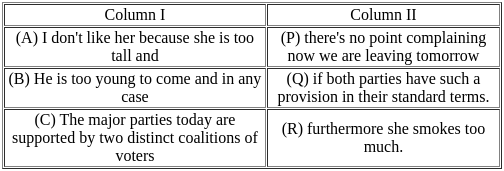
Directions: In the following question, a sentence is given with four words marked as (A), (B), (C) and (D). These words may or may not be placed in their correct order. Four options with different arrangements of these words have been provided. Mark the option with the correct arrangement as the answer. If no rearrangement is required, mark option (5) as your answer.
In the following question, a sentence is given with five words marked as (A), (B), (C), (D) & (E). These words may or may not be placed correctly placed. Four options of different arrangements of those words are given. Mark the option with the correct arrangement as the answer. If there is no change required, Mark 'no arrangement required' as your answer.
Of the sixteen plant(A) in a tunnel in the NTPC stranded(B), two were trench(C) through a specially dug rescued(D) on Sunday evening(E).
In the following number series, a wrong number is given. Find out the wrong number.
16, 8, 12, 30, 104, 472.5
A swimmer swims in still water at the speed of 15 km/hour. He takes thrice as much time to reach the destination when he swims up in the river as it takes when he swims down in the river. At what speed the river is flowing?
Direction: In the question below are given three statements followed by two conclusions numbered I and II. You have to take the given statements to be true even if they seem to be at variance with commonly known facts. Read all the conclusions and then decide which of the following conclusions logically follows from the given statements disregarding commonly known facts.
Statements:
Only a few apples are oranges.
No Lemons are oranges.
Some Pineapples are oranges.
Conclusion:
I. Some Lemons are Apples.
II. All Pineapple being oranges is a possibility.
Who are the immediate neighbours of Suman?
How many persons are sitting between Pooja and Lavanya when counted to the right of Pooja?
Match the following and choose the correct option
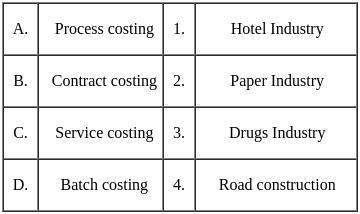
Which among the following committees was constituted to review the implementation of the FRBM (Fiscal Responsibility and Budget Management) Act and give its recommendations on the way forward?


